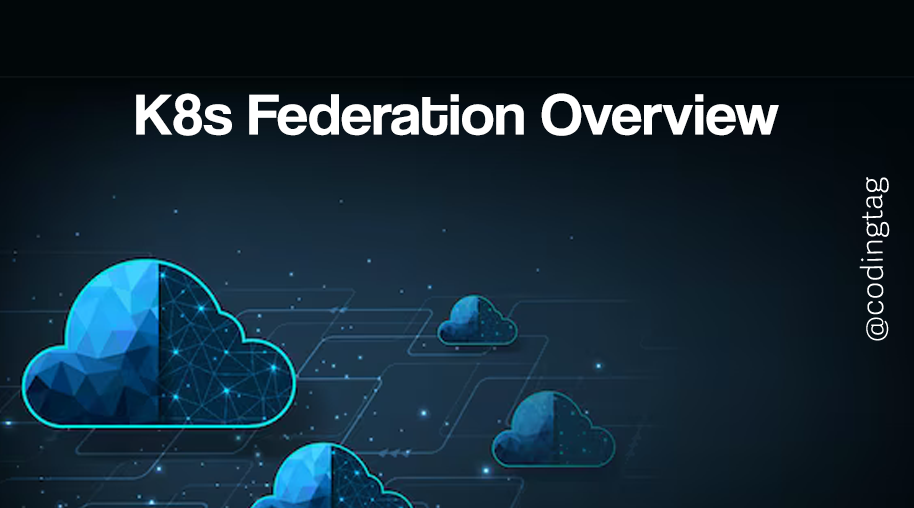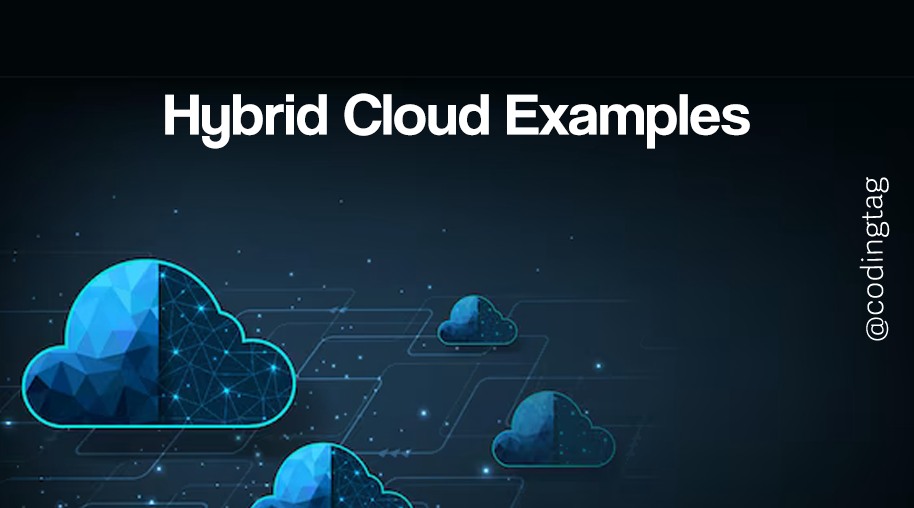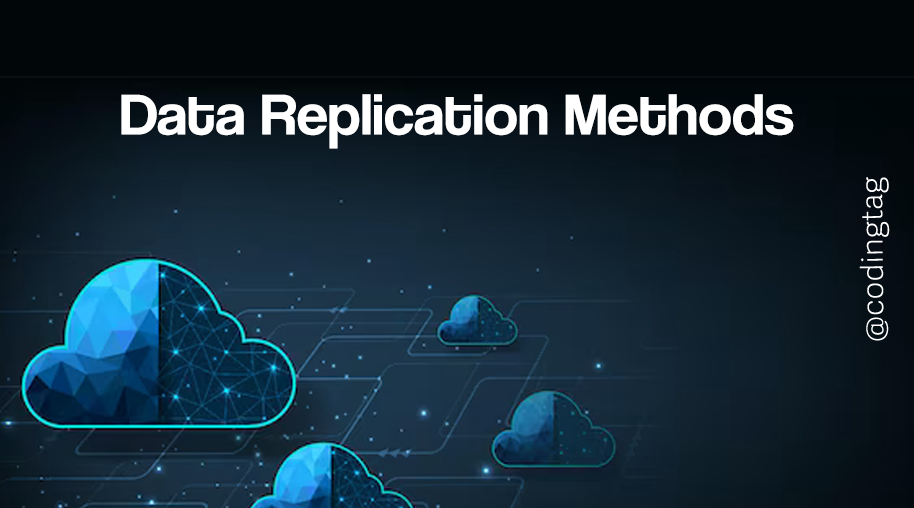Backup Tool Comparison
0 588
Backup Tool Comparison
Choosing the right backup tool is a critical decision for ensuring data integrity, disaster recovery readiness, and compliance. With the rise of cloud-native architectures and hybrid environments, backup tools now vary significantly in capabilities, pricing, automation, and integrations.
This content compares some of the most widely used backup solutions based on features, usability, cloud compatibility, and more.
Why Backup Tool Selection Matters
Whether you're backing up cloud resources, virtual machines, or on-premises data, the efficiency and reliability of your backup tool determine your recovery confidence. The right tool:
- Reduces recovery time objectives (RTO) and recovery point objectives (RPO)
- Minimizes operational complexity with automation
- Protects against ransomware and accidental data loss
- Ensures regulatory compliance
Top Backup Tools Compared
Let’s dive into the features and capabilities of five leading backup tools:
| Tool | Best For | Cloud Support | Automation | Pricing |
| AWS Backup | AWS-native workloads | ✓ AWS only | High | Pay-as-you-go |
| Veeam | Virtual Machines (VMs), hybrid cloud | AWS, Azure, GCP | High | Subscription-based |
| Commvault | Enterprise, databases | Multi-cloud & on-prem | High | Enterprise-tiered |
| Rubrik | Cloud-native, Kubernetes | Multi-cloud | Very High | Enterprise-tiered |
| Google Backup & DR | GCP-native workloads | GCP | Medium | Pay-as-you-go |
Code Example: AWS Backup Policy
If you're using AWS Backup, here's an example of a simple backup plan in Terraform:
resource "aws_backup_vault" "example" {
name = "my-backup-vault"
}
resource "aws_backup_plan" "example" {
name = "daily-backup"
rule {
rule_name = "daily"
target_vault_name = aws_backup_vault.example.name
schedule = "cron(0 12 * * ? *)"
lifecycle {
delete_after = 30
}
}
}
Key Features to Evaluate
- Cloud Integration: Is the tool built for AWS, Azure, GCP, or multi-cloud?
- Recovery Speed: Does it meet your RTO and RPO requirements?
- Security: Does it support encryption, RBAC, immutability?
- Scalability: Can it handle enterprise data volumes?
- Monitoring & Alerts: Built-in dashboard and alerting features?
When to Use Which Tool?
- AWS Backup: Perfect for teams already using AWS services exclusively.
- Veeam: Ideal for VM-heavy environments and hybrid cloud adoption.
- Commvault: Best for enterprises with large-scale databases and compliance needs.
- Rubrik: Great for DevOps and Kubernetes-focused cloud-native environments.
- GCP Backup: Simple and cost-effective for small GCP-only deployments.
Conclusion
Selecting the right backup tool depends heavily on your infrastructure, compliance needs, and operational complexity. If you're deeply embedded in AWS or GCP, their native tools are cost-effective and seamless.
For hybrid or enterprise-scale needs, Veeam, Commvault, or Rubrik offer robust flexibility and advanced features. Always evaluate your RTO, RPO, scalability, and budget before choosing.
If you’re passionate about building a successful blogging website, check out this helpful guide at Coding Tag – How to Start a Successful Blog. It offers practical steps and expert tips to kickstart your blogging journey!
For dedicated UPSC exam preparation, we highly recommend visiting www.iasmania.com. It offers well-structured resources, current affairs, and subject-wise notes tailored specifically for aspirants. Start your journey today!

Share:







Comments
Waiting for your comments